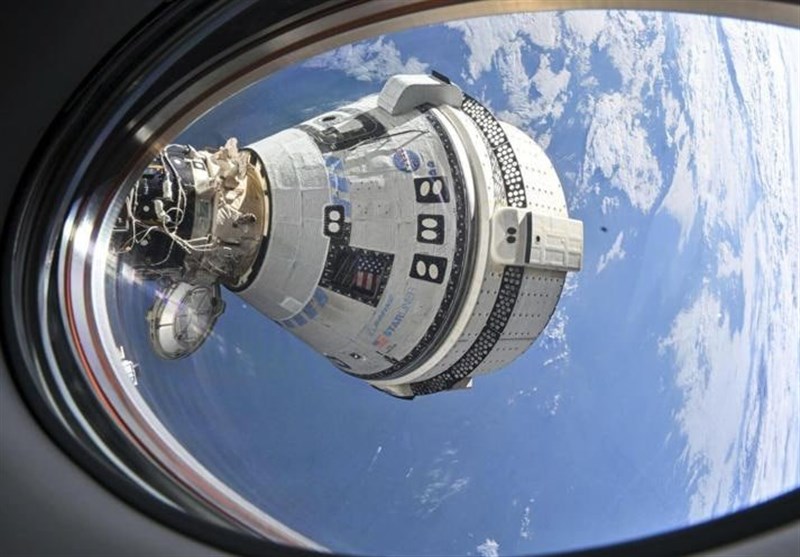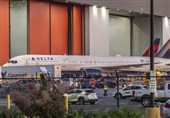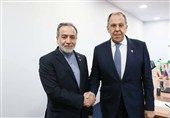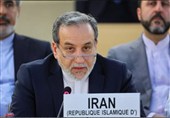Boeing’s First Astronaut Mission Ends with Empty Capsule Landing
TEHRAN (Tasnim) – Boeing’s Starliner capsule returned to Earth without its two astronauts after NASA deemed their reentry too dangerous, prolonging their stay in space until February.
Boeing’s Starliner spacecraft landed at New Mexico’s White Sands Missile Range on Friday night, six hours after departing the International Space Station (ISS), but without its two test pilots, who remain in space.
The capsule, which descended on autopilot through the desert darkness, marked the close of a mission filled with challenges, including thruster failures and helium leaks.
Astronauts Butch Wilmore and Suni Williams were initially scheduled to return in mid-June but have been stranded on the ISS for months due to the spacecraft's technical problems.
Boeing, after extensive testing, insisted Starliner was safe to use for their return. However, NASA disagreed and opted to bring the astronauts back on a SpaceX flight instead.
The SpaceX mission, now scheduled for later this month, will return Wilmore and Williams to Earth in February, extending their stay by more than eight months.
The two astronauts were initially meant to complete a quick trip after launching in June. However, technical issues, including a cascade of thruster failures and helium leaks, led NASA to deem the capsule too risky for a crewed descent.
With no astronauts aboard, the fully automated Starliner capsule departed the ISS, leaving behind the empty seats and blue spacesuits intended for the crew’s return.
“She’s on her way home,” Williams radioed as the capsule undocked from the ISS 260 miles above China.
Boeing’s Mission Control confirmed a successful landing, calling it “a good landing, pretty awesome.”
NASA and Boeing have faced numerous setbacks with Starliner’s development. After NASA retired the space shuttles, Boeing and SpaceX were contracted for orbital taxi services. However, Boeing encountered significant problems, including a failed 2019 test flight that necessitated a costly 2022 redo.
SpaceX, meanwhile, has completed nine successful missions for NASA since 2020 and is preparing for its 10th later this month.
Wilmore and Williams, both veteran astronauts and retired Navy captains, remained busy aboard the ISS during their extended stay, assisting with repairs and experiments. They are now full-time members of the ISS crew.
Starliner’s return came after further issues with its propulsion system, which had experienced helium leaks and five thruster failures after launch. Despite Boeing’s confidence in the spacecraft's ability to safely return the astronauts, NASA remained unconvinced.
Following the capsule's undocking, flight controllers conducted additional test firings, with one thruster failing to ignite. Engineers suspect overheating caused protective seals to obstruct the propellant flow.
Starliner will now be transported back to NASA’s Kennedy Space Center for analysis.
“We will review the data and determine the next steps for the program,” said Boeing program manager Mark Nappi.
NASA’s commercial crew program manager Steve Stich reaffirmed NASA’s commitment to using both Boeing and SpaceX for astronaut transport.
“This was an important test flight for NASA in setting us up for future missions with Boeing,” Stich said.






